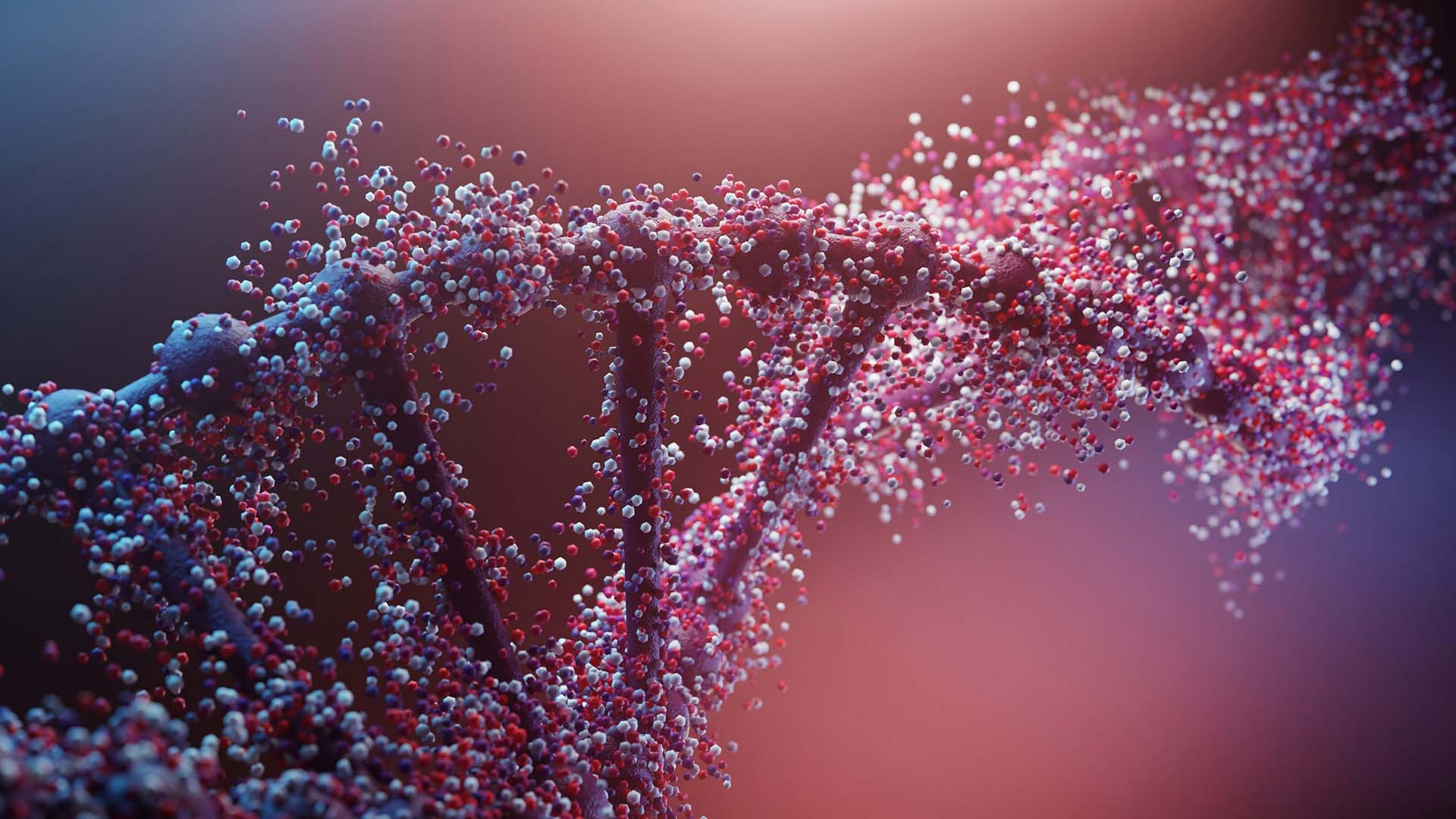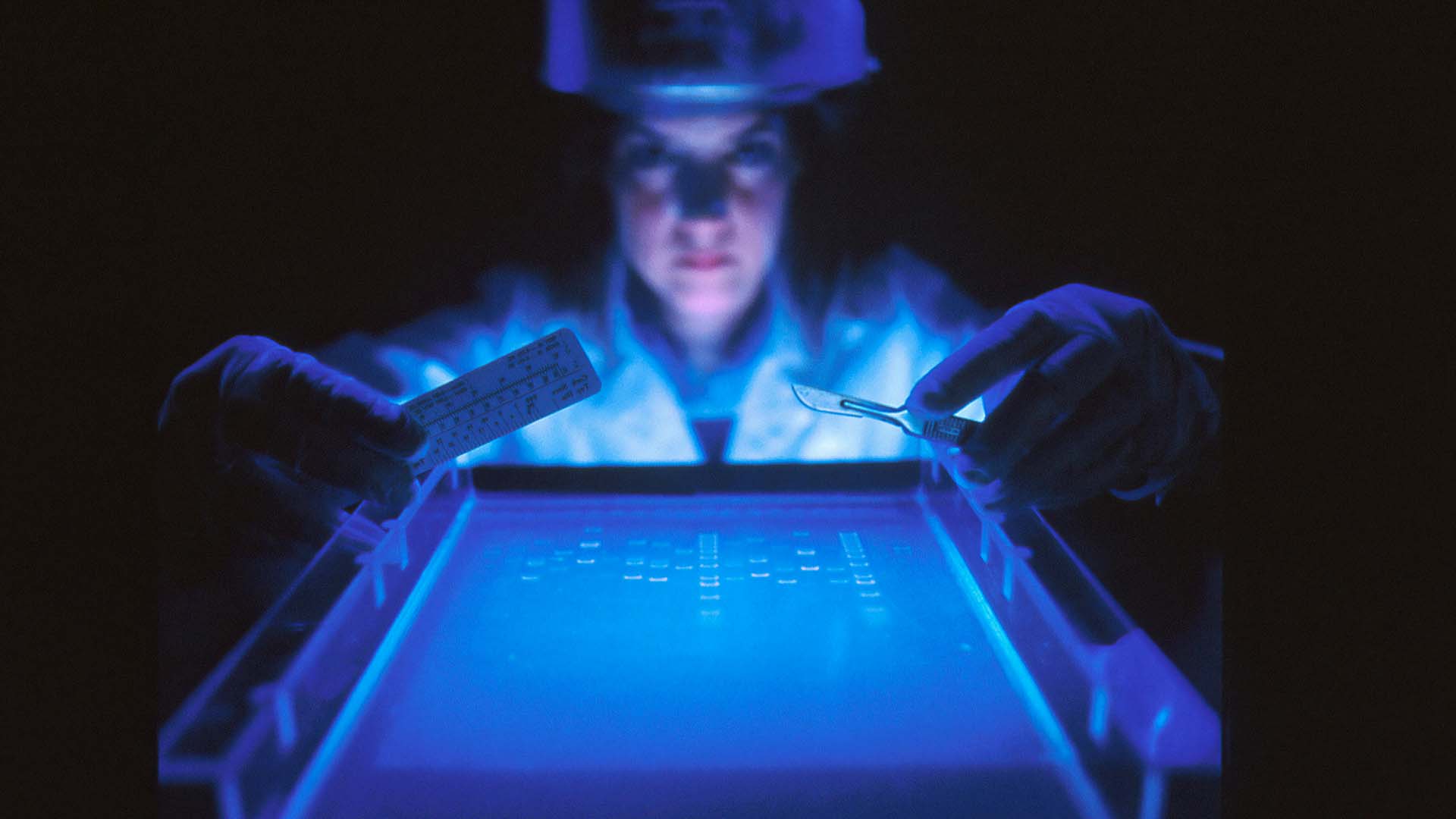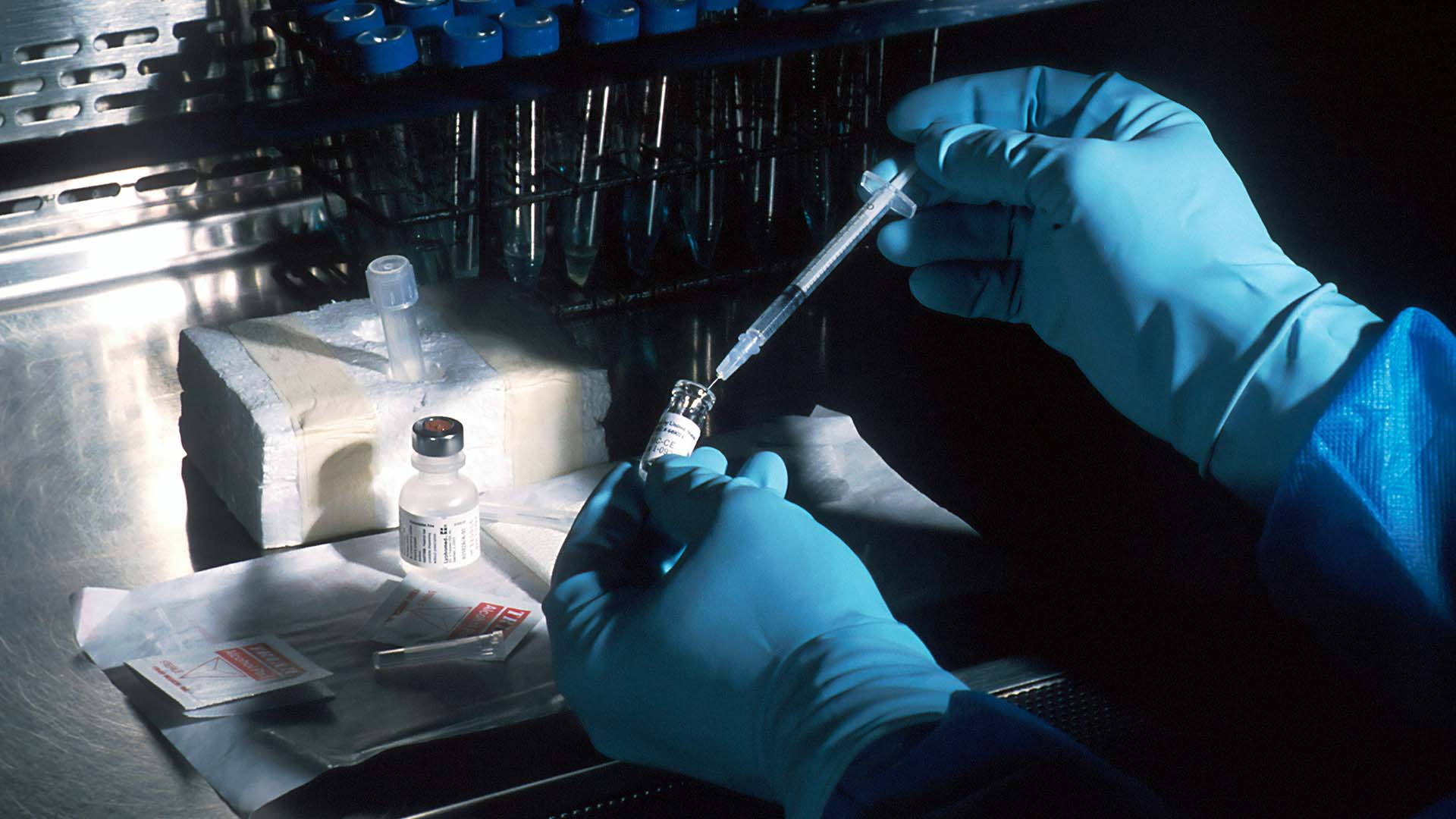Published, July 24, 2025
Discovering Your Roots: The Rise of Ancestry DNA Testing
Global DNA International brings you thought-provoking stories and insightful articles designed to satisfy your curiosity and deepen your understanding of DNA testing, genetic identity, and the complex issues surrounding modern DNA science.

In recent years, ancestry DNA testing has surged in popularity, turning into a global phenomenon. What was once a tool for scientists and forensic experts has now become a deeply personal journey for millions. With just a cheek swab or a vial of saliva, you can unlock centuries of genetic history—tracing ancestral roots, uncovering unknown relatives, and even connecting with long-lost cultures.
But what’s driving this wave of genetic curiosity? And what can you really learn from an ancestry DNA test?
The Growing Desire to Know "Who We Are"
In a rapidly changing world, more people are asking a timeless question: "Where do I come from?"
For some, it's about filling in the gaps of a family tree that oral history couldn’t complete. For others, it's about exploring identity—especially in families where information has been lost due to migration, adoption, war, or colonization. Ancestry DNA testing offers a scientific window into these untold stories, helping people:
- Reconnect with cultural heritage
- Validate or challenge long-held family narratives
- Understand their ethnic and regional makeup
- Explore migration patterns of ancestors
It’s not just about biology—it’s about belonging.
The Science Behind the Story
Most consumer DNA tests analyze autosomal DNA, inherited from both parents, making it suitable for tracing ancestry up to about five to seven generations back. More advanced kits might include:
- Mitochondrial DNA (mtDNA) — inherited only from your mother; helpful for maternal lineage.
- Y-chromosome DNA (Y-DNA) — passed down from father to son; traces paternal lineage (available only to biological males).
Once your DNA is analyzed, you typically receive:
- A percentage breakdown of your ethnic makeup
- Geographic regions your ancestors lived in
- An estimate of how recently those ancestors lived
- DNA matches — relatives who’ve also taken the test
Some platforms also offer tools for building family trees, connecting with matches, and accessing historical records.
Real-Life Discoveries That Change Lives
Perhaps the most compelling aspect of ancestry testing is its power to transform lives.
- Adoptees have found biological parents and siblings after years of searching.
- Individuals have discovered heritage they never knew existed, connecting them with previously unknown languages, religions, or customs.
- Others have learned they’re related to famous historical figures—or entire populations they’d never imagined.
For example, someone raised to believe they were 100% European might discover African, Middle Eastern, or Native ancestry—sparking a journey of rediscovery and, in some cases, reconciliation.
Important Considerations Before You Test
While exciting, ancestry DNA testing also comes with responsibilities and emotional risks. Before ordering a kit, consider:
🛡️ Privacy and Data Use
Understand how your DNA data will be stored, shared, or used for research. Some companies partner with third parties, including pharmaceutical firms. Always read the fine print and adjust your privacy settings.
⚖️ Unexpected Results
Genetic surprises—like discovering a half-sibling, or that your "dad" isn’t biologically related—can be emotionally difficult. Be prepared for possibilities that may challenge your sense of identity or family history.
✅ Choosing a Reputable Provider
Look for companies with strong reviews, transparent policies, and well-established databases. Trusted names include:
- AncestryDNA – Known for family trees and historical records
- 23andMe – Offers both ancestry and health insights
- MyHeritage DNA – Strong international focus
- Living DNA – Good for detailed regional breakdowns, especially in the UK and Africa
Ancestry DNA in Africa and Beyond
While most ancestry databases are built on Western populations, there's growing interest in expanding to underrepresented regions like Africa, Asia, and indigenous communities. This is crucial for people whose histories were disrupted by colonization, slavery, or displacement.
Initiatives are now underway to diversify DNA datasets, making it easier for people of African descent, for example, to trace specific tribal or ethnic lineages with greater precision.
The Future: DNA + History + Technology
The future of ancestry DNA lies in integration. Many platforms now combine:
- DNA results
- Digitized historical documents
- AI-generated family tree suggestions
- Interactive migration maps
- Community tools for storytelling and research
In the next few years, ancestry research will become even more detailed, visual, and collaborative—offering a rich, immersive experience.
Final Thoughts: More Than Just a Test
Ancestry DNA testing is not just about finding out “what you are” in percentages. It’s about reclaiming history, connecting with people, healing generational wounds, and celebrating diversity.
Whether you're solving a mystery, celebrating your heritage, or just curious about the people who came before you—your DNA is more than just a code. It's a storybook waiting to be opened.

